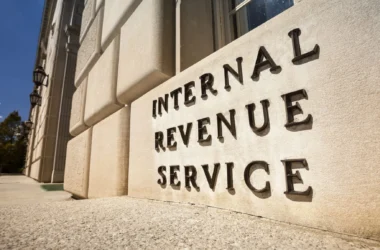“Whether the contributions are saved or spent, an H.S.A. allows for income to avoid taxation today,” the report said.
And for people who can afford to do so, saving and investing H.S.A. contributions long term, and paying for current health costs out of pocket, can bolster wealth significantly later in life, Vanguard found.
People 55 or older can contribute an extra $1,000 to an H.S.A. above the Internal Revenue Service’s annual limits of $3,850 for a single person and $7,750 for families in 2023, said Sara Taylor, senior director of employee spending accounts at WTW, a benefits consultant.
“The reality is that most people need more medical care, and it can be expensive,” she said.
Once enrolled in Medicare, the federal health plan for older Americans, you cannot continue contributing to an H.S.A. — but you can spend the money you’ve accumulated tax-free on medical needs, including Medicare premiums and out-of-pocket costs, Ms. Taylor said. (Premiums for supplemental Medigap policies, however, are not H.S.A. eligible.) Once you turn 65, you can also withdraw H.S.A. funds for expenses unrelated to health care. You’ll pay ordinary income tax but will not owe a penalty.
Here are some questions and answers about health savings accounts:
What can I buy with my H.S.A.?
You can spend your savings on a variety of medical and health expenses, including doctor visits, hospital stays, and vision and dental care. During the pandemic, the government expanded the list of eligible expenses to include tampons and pads as well as nonprescription medicine like pain relief and allergy drugs. For a complete list of eligible health expenses, see I.R.S. Publication 502.








